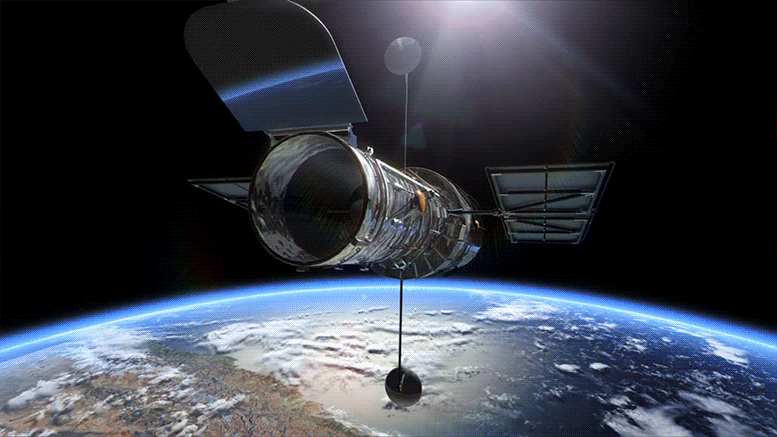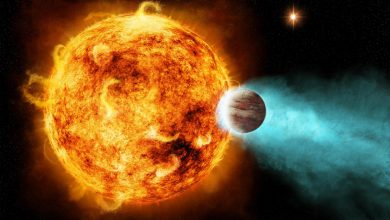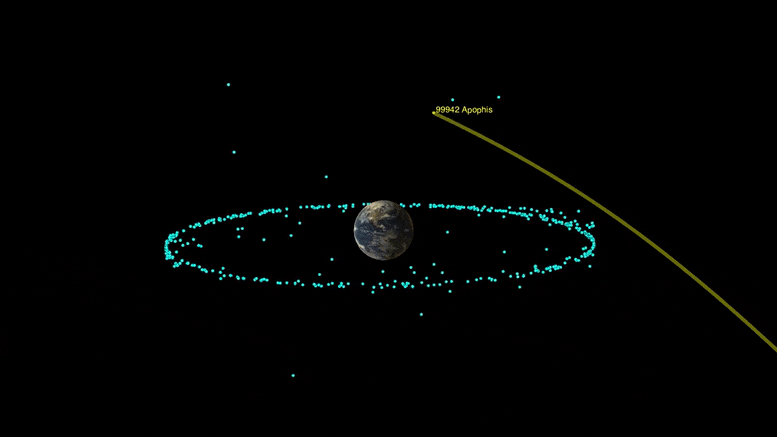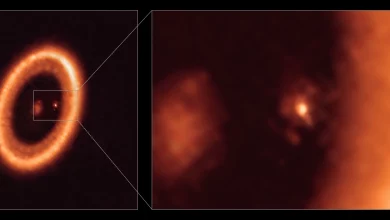
The European Space Agency (ESA) has unveiled fresh plans to lay the groundwork for permanent human presence on the moon with a constellation of lunar satelliels, which will provide navigation and telecommunication services to lunar explorers. . The ESA wants to build a new, satellite-powered telecoms and navigation system that all future missions to our closest celestial body could use. More than a dozen European companies have signed contracts to draw up detailed plans.
If all goes according to plan, the new system could be in place in the late 2020s, only a few years after the expected landing of NASA’s crewed Artemis 3 mission near the lunar south pole.
ESA believes that Earth’s celestial companion is set to become a busy destination in the coming years, with commercial companies and nations from across the world all wanting a slice of the “eighth continent.” The new constellation, called Moonlight, will make it easier and cheaper for a fledgling lunar economy to blossom, ESA officials suggested in a news conference on Thursday (May 20).
In a statement on its website, ESA said a shared system would allow crafts to land regularly and wherever they wanted on the Moon, rather than preparing laboriously for one-off expeditions. It would also make space exploration cheaper by making future spacecraft less complex to design, and lighter, freeing up more space onboard for scientific instruments or other cargo.
Alongside these benefits, the ESA added: “Radio astronomers could set up observatories on the far side of the Moon. Rovers could trundle across the lunar surface more speedily. It could even enable the teleoperation of rovers and other equipment from Earth”. It also added that private companies could even make virtual reality games in which players “manipulate lunar robots or see through the eyes of astronauts”.
“Having a navigation and telecommunication network to relay what we learn on the moon back to Earth will be key for sustainability of future missions,” Elodie Viau, ESA’s director of telecommunications and integrated applications, said in the news conference. “You can imagine astronomers setting up observatories on the far side of the moon. And as we have all now become accustomed to virtual meetings, who knows? We could be doing Skype on the moon.”
The announcement came months after NASA named its 18-strong team for the Artemis mission, which will see astronauts return to the Moon by 2024 in a spacecraft part-built in Germany.
The ESA indicated its system would be available to all nations with a space programme, including China, Russia, India, and the US. But it also added: “Lowering the ticket price to lunar exploration could empower a wider group of ESA member states to launch their own national lunar missions. “Even on a relatively low budget, an emerging space nation would be able to send a scientific mission to the Moon, inspiring the next generation of scientists and engineers”.

Which European firms will help build the system?
For now, ESA has awarded contracts to two European industrial consortia to study the feasibility of such an undertaking over the next year and a half and propose technical solutions for ESA to choose from.
“The idea is that this could be one of the projects that we take to the council of ESA member states in 2022 and propose for implementation,” David Parker, ESA’s director of human and robotic exploration, said in the news conference. “If that was the way forward, the project could start full steam ahead at the beginning of 2023, to ensure its operations within four or five years.”
The first set of companies involved in the project are UK-based satellite manufacturer Surrey Satellite Technology, Airbus, Luxembourg-based satellite network providers SES, Kongsberg Satellite Services in Norway, the UK’s Goonhilly Earth Station in the UK, and British satellite navigation firm GMV-NSL.
The second group will be led by French spaceflight services company Telespazio, working alongside French-Italian manufacturer Thales Alenia Space, UK-based satellite operator Inmarsat, Spanish firm Hispasat, the public-private Italian Aerospace Logistics Technology Engineering Company, Italian firms Argotec and Nanoracks Europe, and two universities: the Politecnico Milano and the Università Commerciale Luigi Bocconi.
The contracts were signed on behalf of ESA by its telecoms chief Elodie Viau. “A lasting link with the Moon enables sustainable space exploration for all our international partners,” she said.
“Explorers will be able to navigate smoothly and to relay to Earth all the knowledge gained from these lunar missions”.
Europe’s contribution to the Artemis mission
In December 2020, NASA announced the names of the 18 American astronauts it plans to include in the long-anticipated Artemis mission, which is set to put the first women on the Moon.
The journey to the lunar south pole will be the US space agency’s first crewed trip to the Moon since the end of the Apollo programme in 1972. It aims to set up a permanent base on the Moon: one of Donald Trump’s few signature initiatives that the Biden administration also supported.
he new generation of astronauts will travel in a spacecraft dubbed Orion while separately, NASA is working on a solar-powered mini-space station that will orbit the Moon and serve as a communication hub.
The ESA is building crucial parts of both at its facility in Bremen, Germany, including a habitat for astronauts on Gateway and the “European Service Module” for Orion, which will provide astronauts with water, air, electricity and temperature controls. As part of the deal, European astronauts will be able to fly on Orion in the future.
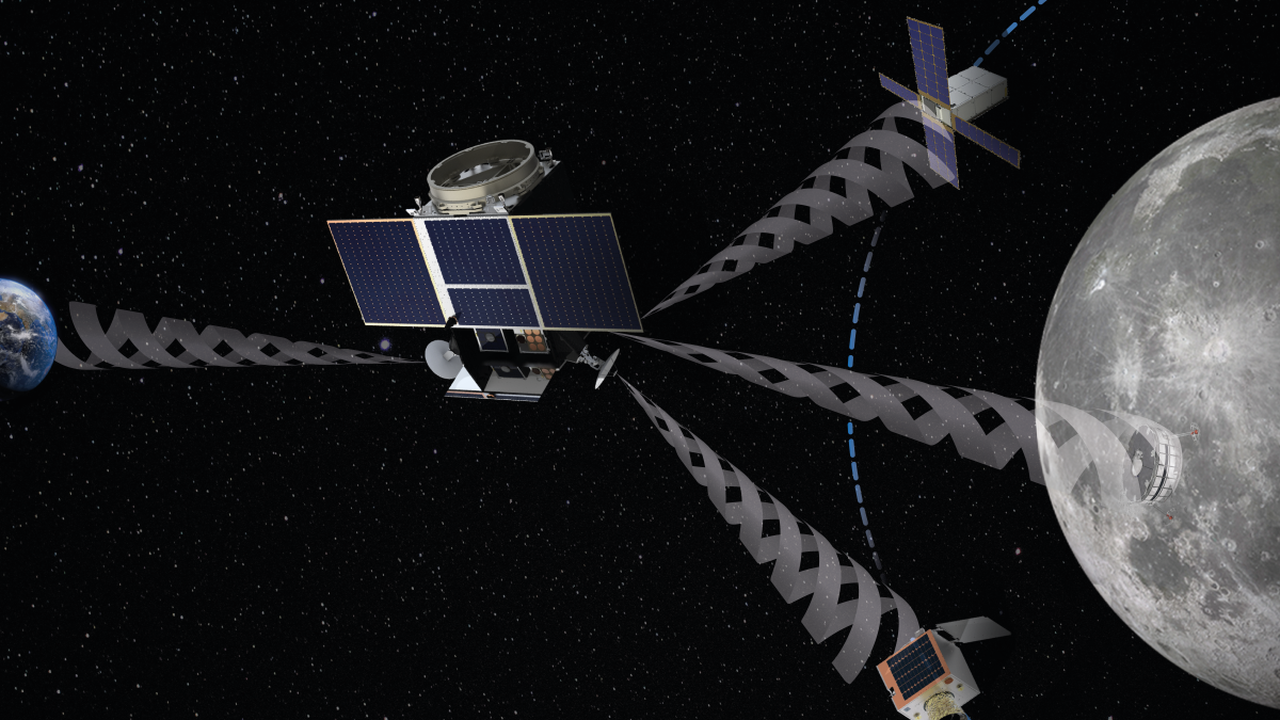
Challenges of lunar navigation
At the moment, supporting a single lunar mission requires a network of large Earth-based deep-space antennas that track and determine the position of an orbiter or a lander. But this way of doing things is slow and expensive, Paul Verhoef, ESA director of navigation, said in the news conference.
“There are very few installations around the world which can do that,” he said. “You need a number of places working at the same time, and you need hours before you can actually have a reliable piece of information.”
The accuracy of the positioning data is nowhere near comparable with what is available on Earth — between 0.3 and 3 miles (500 meters and 5 kilometers). In comparison, the accuracy of the US Global Positioning System (GPS) is between 1 and 16 feet (30 centimeters and 5 meters). Moreover, every lander has to carry an 88-lb. (40 kilograms) navigation subsystem that can process the incoming data and measure the distance from the surface to ensure a safe touchdown. With a lunar navigation satellite system in place, the future lunar vehicles would only need a simple receiver and an altimeter to make it down safely, Verhoef said.
“Shedding this weight and volume would then be used to put additional instruments on your lander and bring that to the moon,” Verhoef added.
How can GPS reach the moon?
But first, ESA wants to take advantage of the swarms of navigation satellites that already orbit Earth. In addition to the United States’ GPS network, there are three other global navigation satellite systems (GNSS) providing highly accurate positioning data to the planet’s inhabitants: Europe’s Galileo, Russia’s Glonass and China’s Beidou. All of these satellites can deliver useful data to vehicles on the moon.
“These signals are sent by satellites to Earth, but they also bypass Earth and go further into space,” said Verhoef. “We can combine the use of those signals in a receiver in order to determine the position of a vehicle on the moon.”
A mission called the Lunar Pathfinder is already in the works that will test the novel GNSS receiver in orbit around the moon. The satellite, built by the UK-based Surrey Satellite Technology (SSTL), is scheduled to launch in 2024. SSTL also leads one of the consortia that will develop the proposal for the new constellation. The other is headed by Italy’s Telespazio.
Three satellites in orbit
Verhoef said the lunar navigation constellation will likely consist of three or four satellites. Additional satellites might be added to beef up the communications aspect of the offering.
“With three or four satellites, we can already do quite a lot,” Verhoef said. “The target we have at the moment is that the constellation would be able to allow an accuracy of 100 meters [330 feet] and probably better. We think that we might be able to get to 30-meter [100 feet] accuracy.”
ESA expects the constellation will be operated by the private sector, which will sell the service to the agency and other customers in a similar fashion that SpaceX sells service missions and crew launches to the International Space Station.
“Creating this shared navigation and telecommunication network for the moon would undoubtedly act as a catalyst to inspire more exploration missions by not only ESA member states but international partners as well,” SSTL managing director Phil Brownett said in the news conference. “We see it as significantly decreasing the cost and complexity of subsequent expeditions.”

